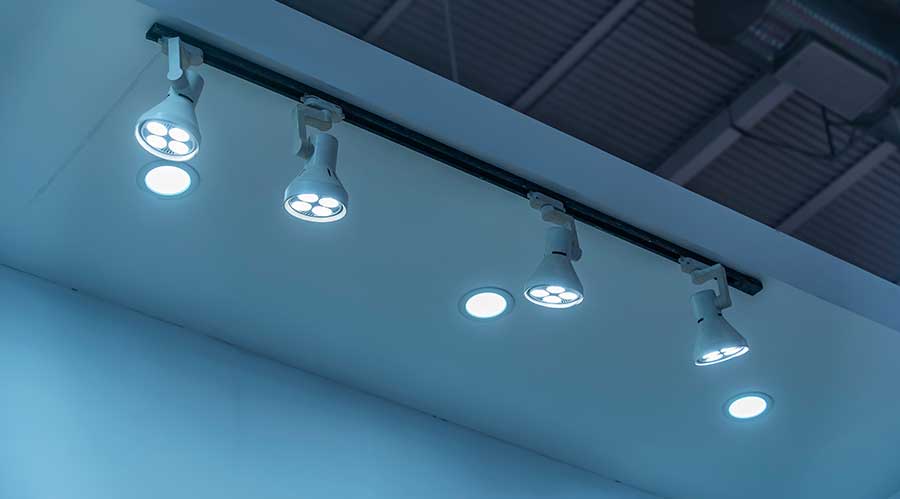Making Healthcare Lighting More Energy Efficient and Sustainable

Lighting manufacturers discuss the latest developments to make lighting more eco-friendly.
Lighting is often one of the primary elements of a healthcare facility changed to address energy efficiency and sustainability. This is because lighting is kept on and running for a large portion of the day, thus consuming its fair share of energy. More energy efficient technologies have been introduced such as LEDs, lighting controls systems and daylight harvesting that can help cut energy consumption.
In this manufacturer roundtable, Healthcare Facilities Today speaks with lighting manufacturers about the latest developments that make lighting more energy-saving and sustainable.
What are the latest developments to make lighting more energy efficient and sustainable??
“Ongoing lighting production improvements provide much improved energy efficiency, enhanced dimmability functionality and greater color tuning capabilities. Networked lighting controls systems leverage the Internet of Things (IoT) to further improve energy efficiency and establish the next generation of lighting advances. Large-scale wireless control, automation and scheduling, daylight harvesting and backend analytics leveraging the power of AI and machine learning are all becoming mainstream expectations within the commercial lighting space. On the sustainability side, the lighting industry is continuously exploring widescale usage of more eco-friendly materials made from recycled and biodegradable materials.”
— Rob Schmitz, marketing director, Toggled
“Advances in lighting technology have made lights more energy-efficient and environmentally friendly. The use of ultra-efficient LEDs gives off more light while using less energy, and optimizing thermal management extends the overall lifetime of the light itself. Smart lighting systems connected to the Internet of Things (IoT) allow for remote control and automatic adjustments based on whether a room is in use and the amount of daylight available, helping to save energy. Furthermore, outdoor solar lighting solutions are reducing the need for traditional power sources, especially in sunny areas.
Energy Management Systems (EMS) help save energy by analyzing real-time data from smart lighting systems. They predict when maintenance is needed and reduce energy use. EMS uses integrated sensors to ensure lights are only on when needed. Energy-efficient design elements, like reflective and eco-friendly materials, improve light distribution and lessen environmental impact.”
— Ron Farmer, chief executive officer, US LED
“The latest developments in energy-efficient and sustainable lighting focus on incorporating advanced technologies directly into light fixtures. Modern fixtures now feature embedded components such as occupancy sensors, photocells, and daylight harvesting technologies. These technologies provide the ability to automate lighting levels based on real-time conditions. For instance, lights can be dimmed during certain hours of the day or when natural light is sufficient. This ensures that artificial lighting is only used when needed, significantly reducing energy consumption.
Daylight harvesting is a key component of this innovation. It adjusts the artificial lighting depending on the amount of natural light available in a space, ensuring an optimal balance between natural and artificial lighting. This results in energy savings and a reduction in unnecessary power usage. Occupancy sensors also play a crucial role in energy efficiency by detecting whether a space is in use. In areas like stairwells and parking garages at healthcare facilities, which often have lighting running continuously, these sensors can dim lights by up to 50 percent when the area is unoccupied. When movement is detected, the lights return to full brightness, providing both energy savings and safety.
In addition to technological advancements, modern lighting systems comply with increasingly strict energy codes, particularly in sectors such as healthcare. These codes require lighting to meet both energy efficiency standards and the needs of the occupants. By integrating smart lighting systems that adjust to occupancy and light levels, facilities can reduce their carbon footprint while still ensuring safety and usability in spaces that require constant lighting.”
— Tommy Nichols, LC, business development director for healthcare, Acuity Brands
Jeff Wardon, Jr., is the assistant editor for the facilities market.
The post "Making Healthcare Lighting More Energy Efficient and Sustainable" appeared first on Healthcare Facilities Today

